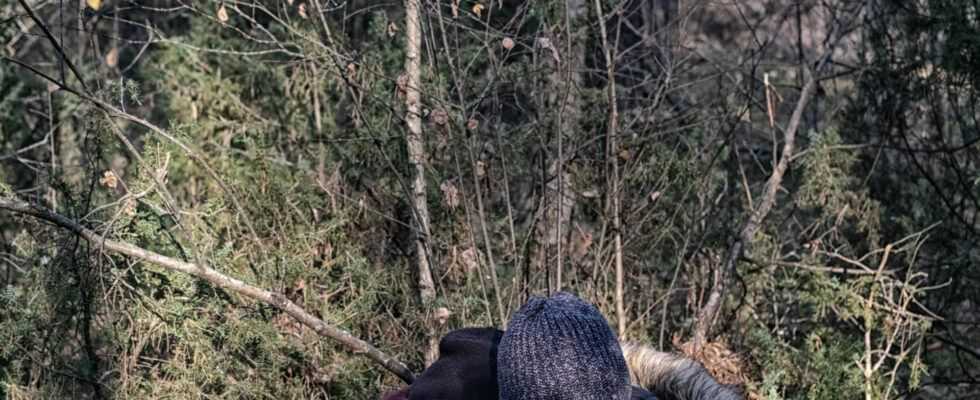InvestigationFrom Gaddafi to Lukashenko, dictators have used refugees to put pressure on the European Union, which has continued to increase its dependence by delegating controls to third countries. In this process, the crisis triggered by Belarus marks a new turning point.
In Lapps memory, we had never seen this: asylum seekers, mostly Iraqi and Syrians, arriving at the Finnish border posts of Salla and Raja-Jooseppi, by bicycle, on the icy roads of the Arctic . When bicycles were banned, families continued to pour in, aboard old, sluggish Lada. In the middle of winter 2015-2016, with temperatures of -20 ° C, migrants were thus trying to reach Europe from Russia, taking an improbable migratory route. Arrived from the neighboring region of Murmansk, all had a visa, or a temporary Russian residence permit, in due form. In January 2016 alone, Finnish border guards recorded 570 migrant arrivals, compared to 694 for 2015 as a whole. Was this a Kremlin maneuver?
At the time, Helsinki was convinced of this. The borders are under the responsibility of the security services of the FSB, heir to the KGB, and the confidences of a Russian guard to a photographer of the Finnish press agency STT fuel the controversy. The transport of asylum seekers to the border, he says, is orchestrated by the FSB, with the help of the local administration. Families with children have priority. Finland is panicking at the prospect of a surge of asylum seekers pressing on the common border with Russia, 1340 kilometers long, to reach its territory, Norway or, beyond, the western facade of Europe.
On the road to the Far North
Addressing Parliament on February 3, 2016, Conservative President Sauli Niinistö says migration is starting “A challenge to Finland and to the values of the western world”. As Europe divides, faced with a massive influx of hundreds of thousands of refugees from the south, the case of Finland receives little attention and, rather than appealing to its partners in the European Union ( EU), Helsinki decides to deal directly with Moscow – which denies any involvement. Finnish Interior Minister Petteri Orpo is traveling to the Russian capital to meet his counterpart, Vladimir Kolokoltsev. The spirits calm down. The Far North route disappears from radar.
At the material time, Finland was discussing a possible NATO membership, a year after Russia’s annexation of Crimea in March 2014, and the introduction of European sanctions in reaction to the conflict in the east. from Ukraine. Discussions between Helsinki and the Atlantic Alliance will only evoke close cooperation, but the situation on the Finnish border will be well addressed in the discussions. As evidenced by a note published a posteriori, in May 2016, on the NATO website. “When, at the end of 2015, Russia allowed 2,000 third-country nationals to cross the border with Finland, without an appropriate visa, at two checkpoints in the north of the country, it unexpectedly violated the border regime by vigor. This incident illustrates Russia’s propensity to create a problem, then exploit it and then offer to solve it without actually solving it. “
You have 81.78% of this article to read. The rest is for subscribers only.
